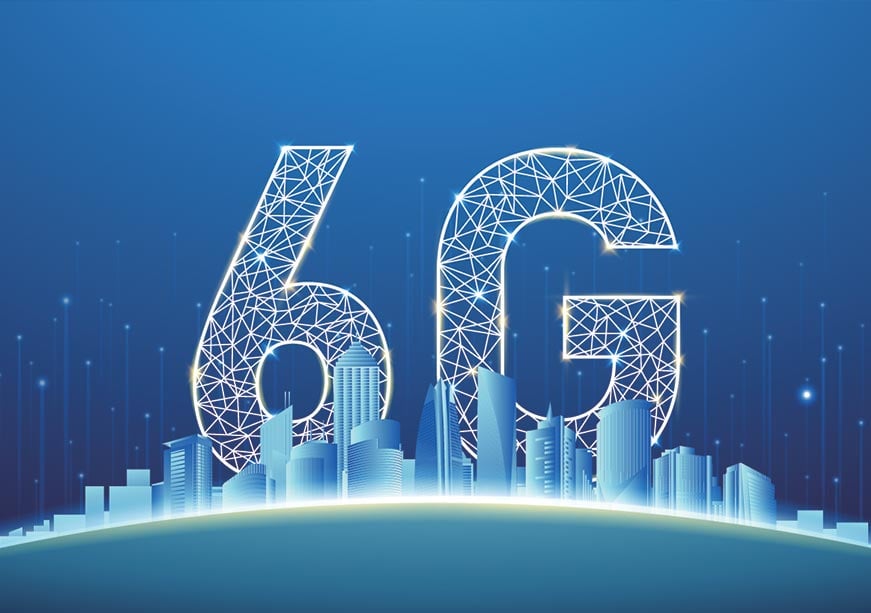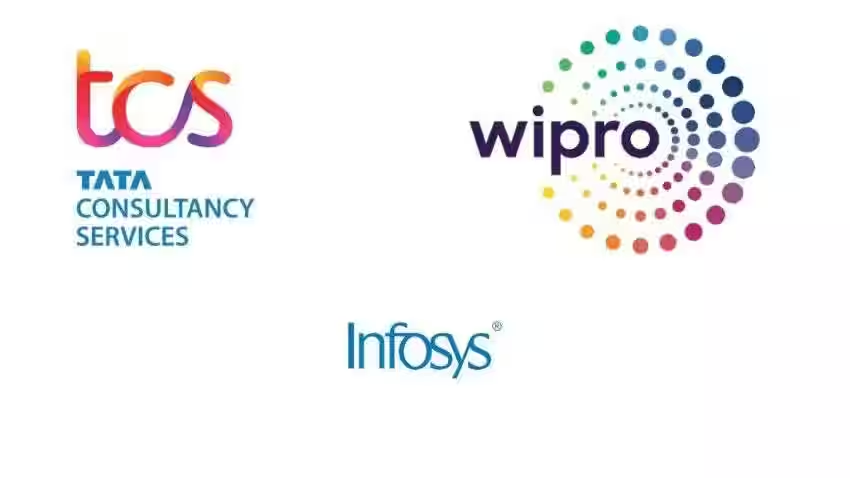Now Reading: India’s Push for 6G and Green Tech: Targeting a Leading Role by 2030
-
01
India’s Push for 6G and Green Tech: Targeting a Leading Role by 2030
India’s Push for 6G and Green Tech: Targeting a Leading Role by 2030

India is setting its sights on emerging as a global leader in two high-impact domains: 6G technology and green innovation. With a strategic vision for 2030, the country is working towards building indigenous capabilities in next-generation telecom and sustainable technologies. The aim is not just to adopt but to contribute meaningfully—especially by empowering Tier 2 and Tier 3 cities through digital and green infrastructure.
Building the Road to 6G
Following the commercial rollout of 5G, India is preparing for the leap to 6G. Government bodies, research institutions, and startups are collaborating to build homegrown solutions in areas such as high-speed data transfer, ultra-low latency, and AI-integrated networks.
6G is expected to support advanced use-cases like smart factories, holographic communication, and real-time remote surgery—making it especially relevant for sectors like healthcare and manufacturing in smaller Indian cities where access can still be a challenge.
Green Tech for Sustainable Growth
Parallel to digital innovation, India is strengthening its push for green technology, with a focus on renewable energy, clean mobility, and low-emission industrial processes.
Green hydrogen, solar panel innovation, and battery storage systems are some areas where local enterprises—especially in Gujarat, Tamil Nadu, and eastern Uttar Pradesh—are starting to make inroads. These technologies are not only key to reducing dependence on fossil fuels but also for job creation in environmentally sustainable sectors.
Tier 2 Cities Becoming Tech Hubs
One of the major shifts in recent years has been the rise of smaller cities as contributors to national innovation. Cities like Bhubaneswar, Surat, and Bhopal are witnessing increased interest from tech startups and incubators working on AI, IoT, and clean energy.
Educational institutions in these regions are being encouraged to collaborate with industry and government research labs to accelerate innovation in 6G and green tech. This could help decentralize progress and ensure a more inclusive digital economy.
Challenges on the Horizon
Despite the ambitious roadmap, challenges persist. Building global-level infrastructure for 6G requires long-term investment, skilled talent, and robust cybersecurity. Similarly, scaling up green tech means dealing with high initial costs, limited adoption in rural areas, and supply chain dependencies.
Experts point out the need for strong policy frameworks, targeted public funding, and international collaboration to overcome these hurdles while ensuring India’s technological sovereignty.
Conclusion
India’s twin focus on 6G and green technology reflects its broader ambition of shaping the future, not just catching up with it. The goal for 2030 is clear: to transition from a technology adopter to a technology creator. With growing momentum in Tier 2 and Tier 3 cities and sustained efforts from all sectors, India’s contribution to global innovation could soon be as significant as its scale.
























